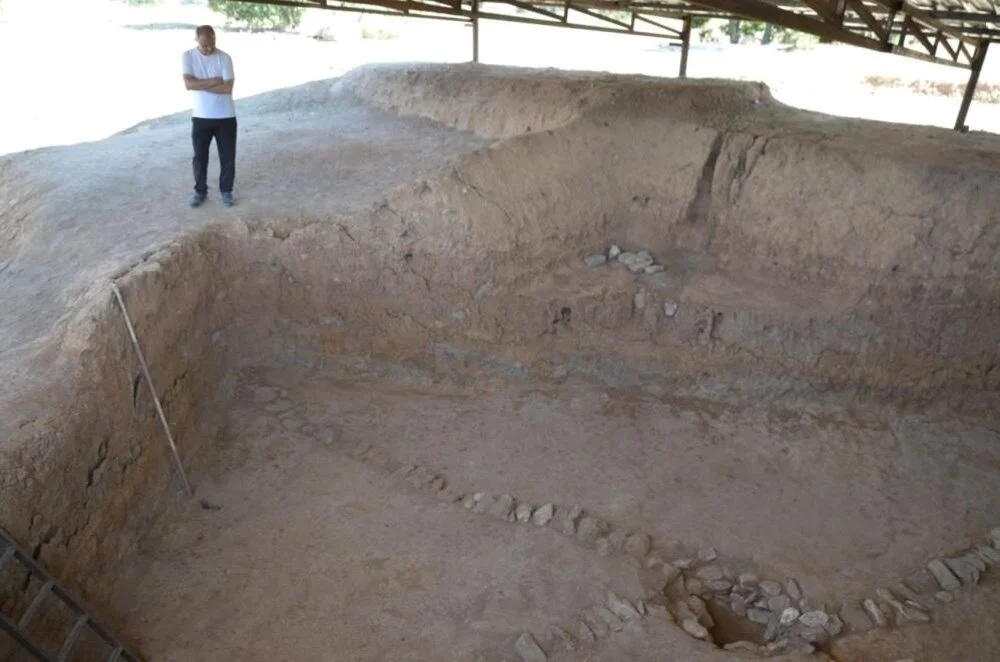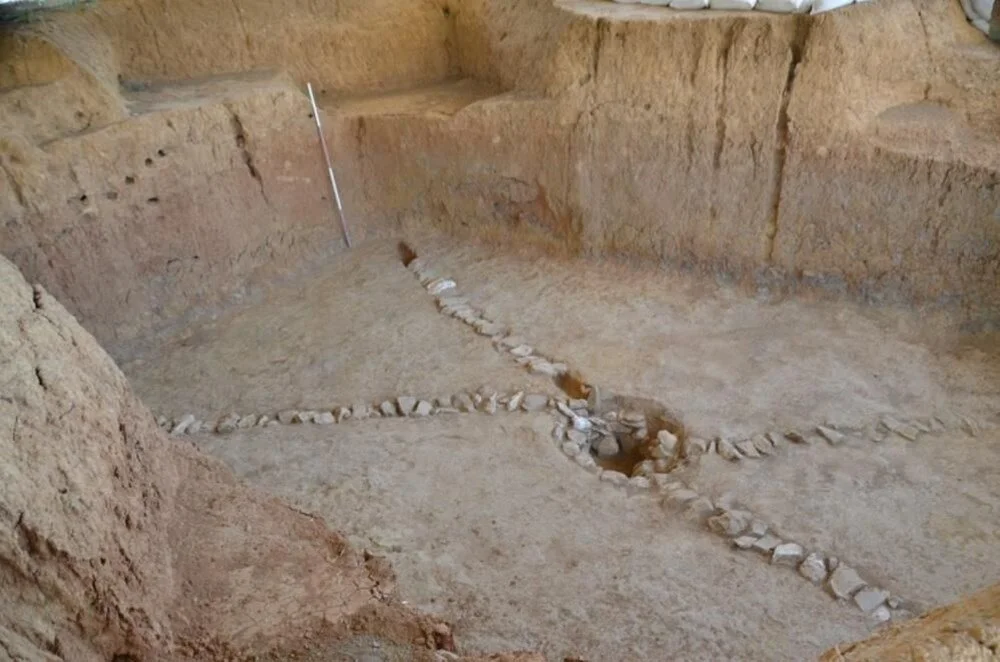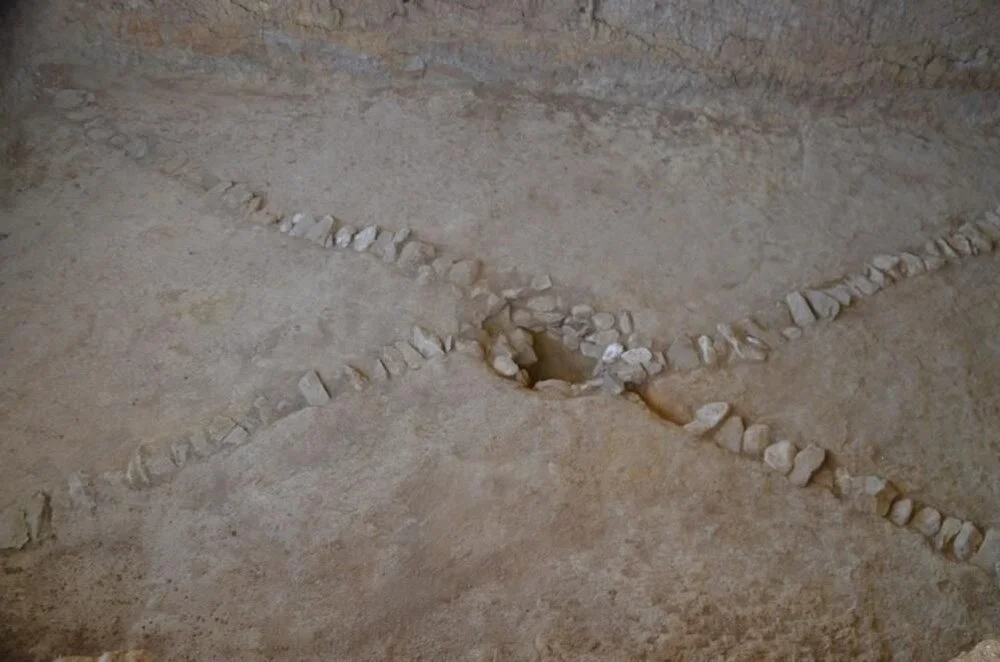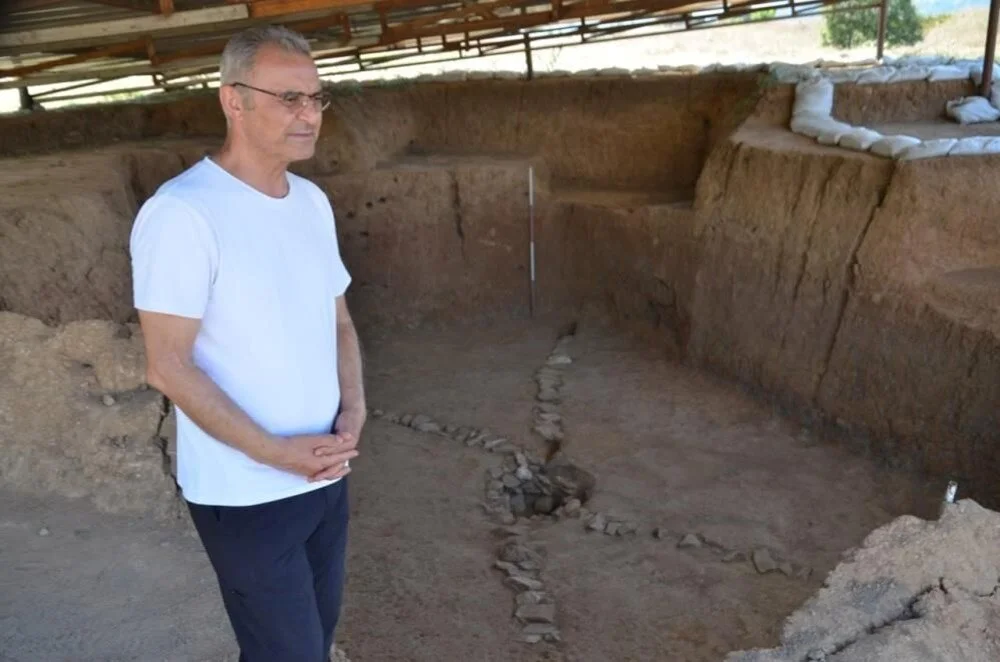
3,300 years old discovery in Corum
In the archaeological excavation in the ancient city of Şapinuva, a silo of about 3,300 years old was found. Şapinuva Head of Excavation Doctor Faculty Member Önder İpek said, “In the study we have been conducting since 2022, our conviction that this structure could be a silo has increased. Technical studies will give us whether this area is really a silo or whether it has another function.”
In the archaeological excavation in the ancient city of Şapinuva in Ortaköy district of Çorum, a 3,300-year-old structure, which is thought to be a silo, was found.
Archaeological excavations, which started in 1990 in Şapinuva, one of the important cities of the Hittites, continue with the financial support of the Presidency of the Turkish Historical Society under the presidency of Dr. Önder İpek from the Department of Archaeology of Hitit University Faculty of Arts and Sciences.

The excavation team, which includes academicians from different universities, traces the traces of history in the area with a history of thousands of years.
Head of Excavation İpek said that during the Hittite period, agriculture was carried out in the region in accordance with the arid climate and grain storages were created accordingly.
Stating that silos were previously found in Hattusa and Alacahöyük, other important cities of the Hittites, İpek said, “In the study we have been conducting since 2022, our conviction that this structure may be a silo has increased. Technical studies will give us whether this area is really a silo or whether it has another function.”

3,300 years old discovery in Corum
Stating that the structure, which is considered to be a silo in Şapinuva, has a storage capacity of approximately 150 tonnes, İpek emphasised that such silos are extremely important structures in terms of showing the power of the king against the people and storing wheat for famine periods.
Reminding that Şapinuva was used as a capital city for a period in the 14th century BC, İpek emphasised that the discovery of a new silo in addition to the two silos in the Ağılönü region here reveals how important a city it was at that time.

SIMILAR TO THE SILOS AT BOĞAZKÖY AND ALACAHÖYÜK
Semih Gerçek, a research assistant at Hitit University, Faculty of Arts and Sciences, Department of Archaeology, who has been participating in the archaeological excavations in Şapinuva for 15 years, stated that the structure, which they consider to be a silo, was formed by carving the soil.
Stating that they made an important discovery, Gerçek said, “It is a structure measuring 10 metres by 5.5 metres and 3 metres deep. It has an area of 55 square metres and a size of 165 cubic metres. While excavating here, we found two cuneiform tablets and pieces of burnt mudbrick. We saw that these were not related to this structure and were used as filling material.”

Stating that there is a pit on the floor of the building where the stones arranged diagonally intersect, Gerçek said, “There is a slope towards this pit. We think that this is related to water and humidity. When we evaluate this with other Hittite examples in Anatolia, we think that we are faced with a silo when we consider the examples in Alacahöyük and Boğazkale. We have just completed this year’s work, we have just reached the base. We will carry out various carbon analyses, and at the same time, we are sieving the soil taken from the base soil and especially from the middle part. If we get any grain fragments, they will support our ideas on this subject and will appear as a second silo after Ağılönü in Ortaköy.”
IT IS ESTIMATED THAT THE SILO WAS FILLED WITH 150 TONNES OF GRAIN
Pointing out that the structure in Şapinuva is similar to the silos in Boğazköy and Alacahöyük in terms of structure, Gerçek said:

“The silos in Boğazköy and Alacahöyük are carved into the main soil or their floors are covered with stones, but the floor of the area we think of as the silo in Ortaköy is not covered with stones, it is completely main soil. The carving into the mother soil is not only visible in the silo, but we also see it in the sacrificial pits, labour structures and garbage pits. This is completely unique to Ortaköy. When we calculate, if the area we are working on is a silo, which all indicators show, it shows that this area was filled with approximately 150 tonnes of wheat, barley or lentils. This shows how important it was in the Hittite economy and the wealth of the city. This structure is the largest silo structure we found in Şapinuva.”






